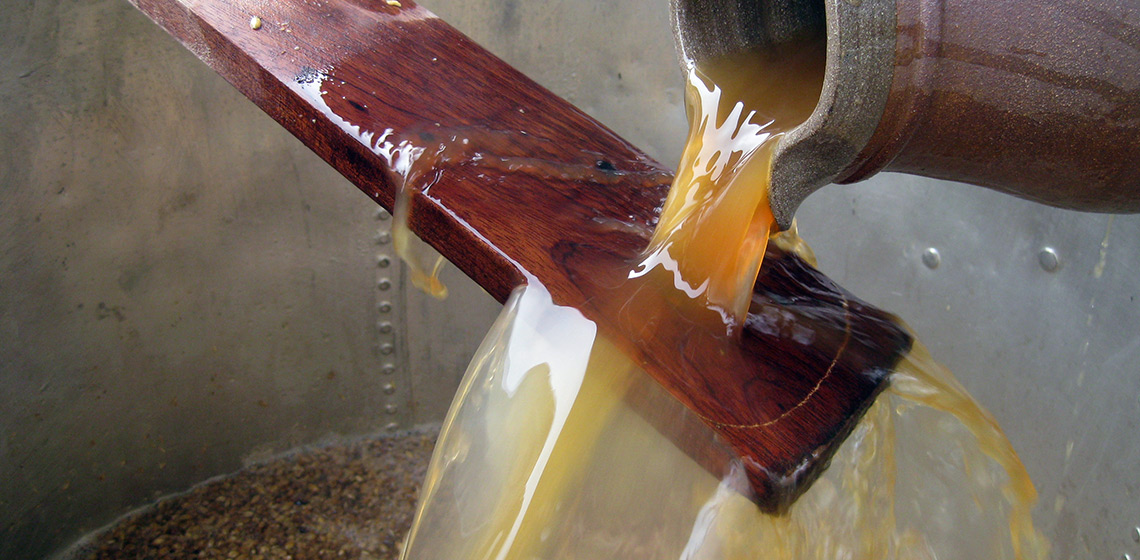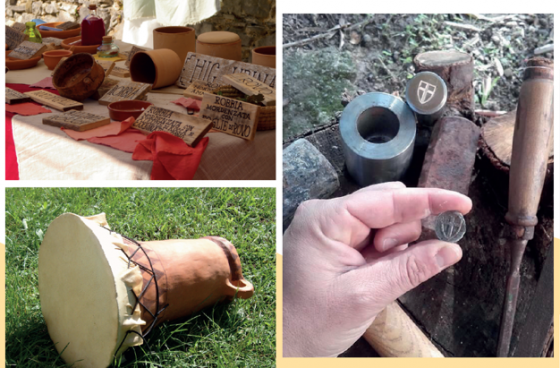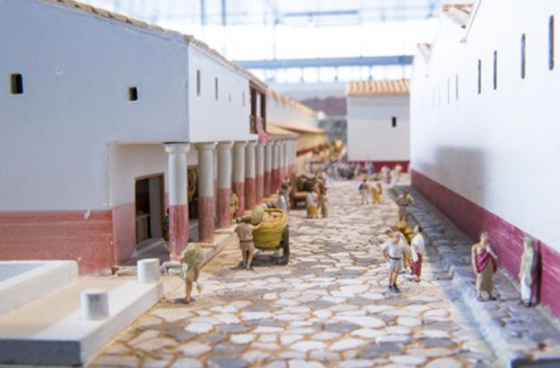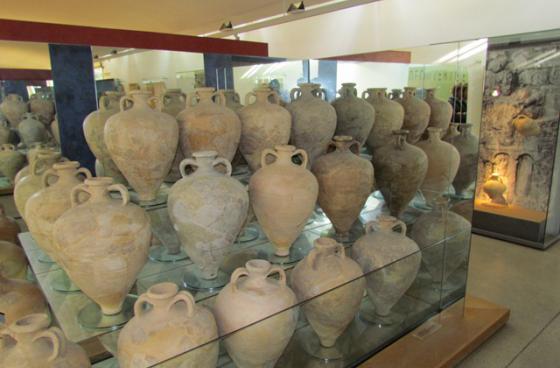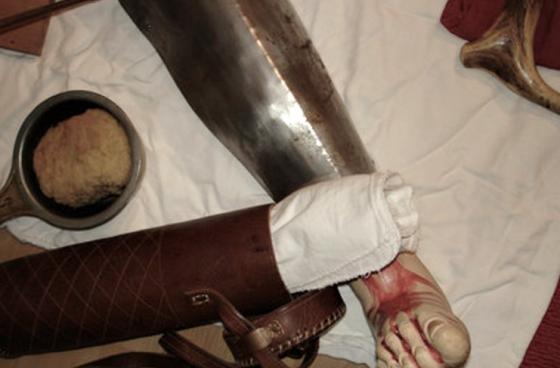The Many Faces of Experimental Archaeology
Experimental archaeology combines scientific research methodology with traditional craftsmanship, public relations and community building. Matilda Siebrecht (PhD Student at the University of Groningen and host of the podcast series 'The EXARC Show') and Franz Pieler discuss the opportunities of experimental archaeology as a research approach.


